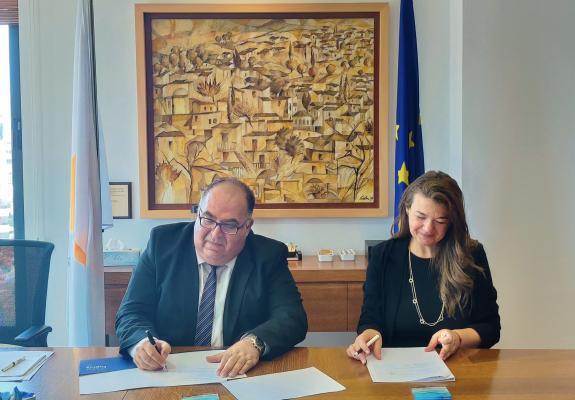The Echo of Conflict: Wars as Catalysts for Technological Advancements
Lust After Vision
Complex emergencies often act as catalysts for unprecedented growth and transformation. With the ignition of conflict zones expanding from Europe to the Middle East, the echo of war intensifies. As history has shown us, these harsh circumstances can often spark a technological revolution. It is essential for society to engage this change and for stakeholders to comprehend and adapt to this transformation.
Europe's landscapes are once again echoing with the sounds of conflict. This discord has extended its reach to Israel and Palestine, bringing the harrowing reality of war back into sharp focus. These distressing situations often emphasize the human lust for peace, significantly intensifying our collective drive for stability and harmony.
Proven time and again, war zones have inspired a plethora of innovations in multiple sectors—from healthcare and transportation to communications and technology, striving to create and improve systems for managing crises.
With violence unsettling Europe, and now Israel and Palestine, there is an imperative urgency for practical solutions and advances that cater to the immediate needs of people on the ground. As history has shown, some of the most pivotal and transformative advancements have stemmed from the urgency inherent in situations of conflict.
From the development of radar technology in World War II allowing for better strategic planning, to the invention of synthetic materials like rubber and penicillin addressing immediate needs—war has a long history of driving innovation in response to its immediate needs.
Today, responding to these crises is ever more critical. As we witness the recurring flames of conflict, there is an urgent need to reconsider the lessons of the past and reinvent for the present.
However, advancement must navigate intricate challenges. In this current clash of realities—between the horrors of war and the striving for progress—the challenges we face are unprecedented.
Regulators caught between facilitating resources for immediate necessity while ensuring long-term security. Innovators dealing with a rapidly evolving field, under pressure for speedy solutions. And communities on the ground, constantly adjusting to the shifting landscapes war brings.
Simultaneously, this complex intersection is a crucible for innovation—it's where immediate necessity meets rigorous inventiveness.
In these troublesome times, the vision is clear: we must be prepared for change and primed for solutions. It is our collective responsibility to respond to the urgency of now, to harness the technological advancements war indirectly encourages, and use them to build a better, more peaceful future.
From leveraging advanced telecommunication technologies to provide much-needed assistance in war zones to the use of artificial intelligence in predicting and managing refugee flows—these innovations have the potential to alleviate the burden conflict places on society.
There is a need to concentrate our inventive potential not just on making war more bearable but to utilize dire situations as the driving force towards a more peaceful world.
As the spectre of conflict extends its harsh reality, it is essential we draw on the lessons from history to address the urgency of now. We must lean into our innovative abilities to navigate the intricate challenges these situations bring. In every threat lies an opportunity. An opportunity for change, growth, and a peace-oriented vision that harnesses our history and lust for peace to build a better tomorrow.






